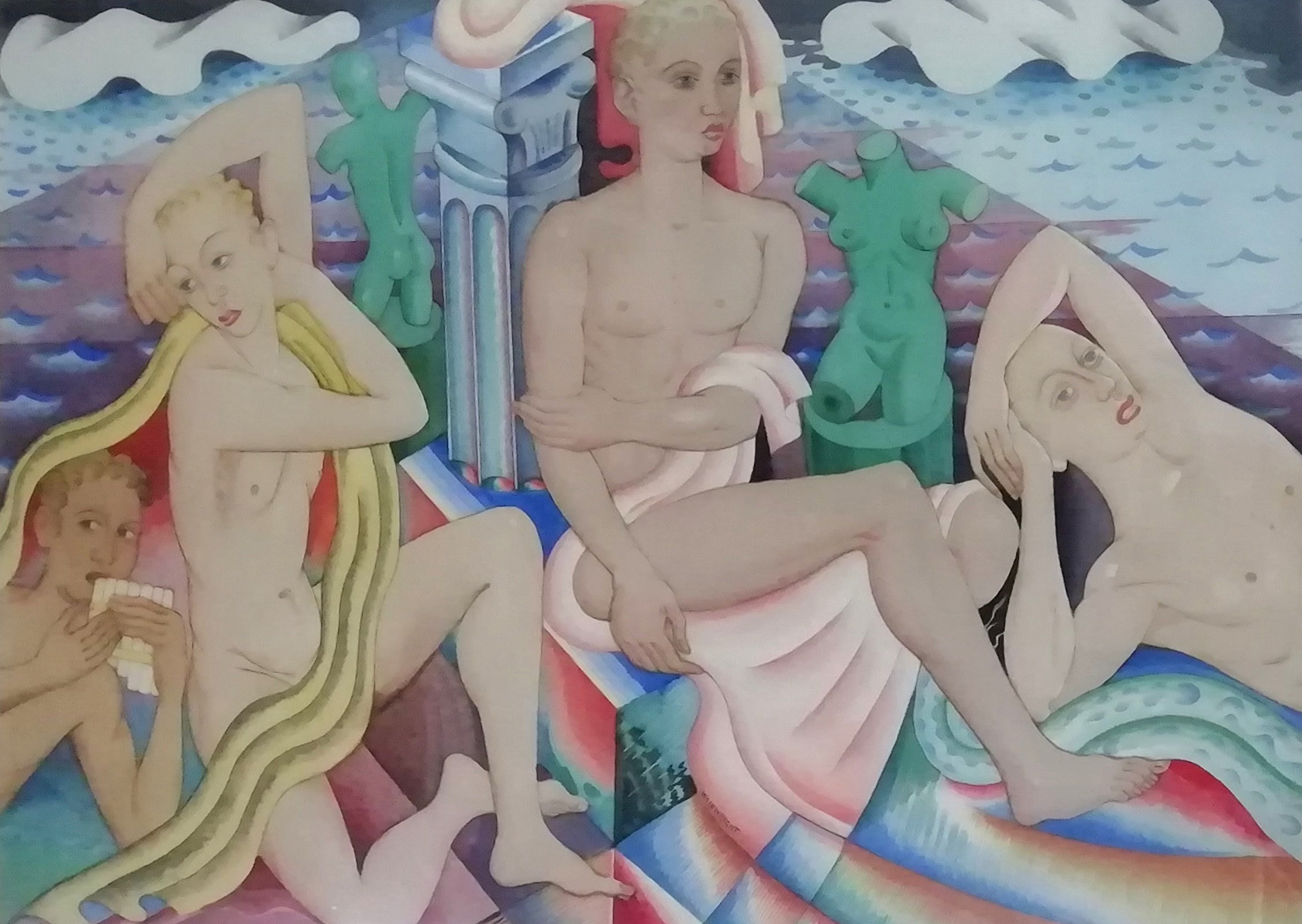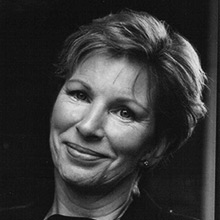Albert Wainwright was born in 1898 in a small town in rural England. From his early childhood, he exhibited a keen interest and talent in art. His family, recognizing his potential, encouraged his artistic pursuits, providing him with materials and enrolling him in local art classes.
Wainwright’s early years were marked by a growing awareness of his sexuality, which in the context of early 20th-century England, would have been challenging. Homosexuality was not only stigmatized but also criminalized during this period. Despite these societal pressures, Wainwright embraced his identity, finding solace and freedom in his art.
In his formative years as an artist, Wainwright explored various styles and subjects, but it was during his time studying at the Royal Academy of Arts in London that his unique voice began to emerge. Influenced by the avant-garde movements of the time, such as Cubism and Surrealism, Wainwright developed a distinctive approach characterized by bold colors, geometric forms, and dreamlike imagery.
Wainwright’s sexuality subtly informed his art, manifesting in themes of identity, desire and intimacy. While he did not openly address his homosexuality in his work, scholars have noted the homoerotic undertones present in many of his pieces. His paintings often depicted male figures in intimate settings, their bodies intertwined in sensual poses, hinting at a personal exploration of desire and longing.

Albert Wainwright – The Bathers
As Wainwright’s career progressed, his art became increasingly introspective, delving deeper into the complexities of human emotion and experience. His later works, marked by a sense of maturity and refinement, continued to explore themes of sexuality and identity but with a newfound sense of introspection and depth.
Despite facing challenges and prejudice throughout his life, Albert Wainwright’s art remains a testament to his resilience and courage in expressing his true self. Through his work, he not only challenged societal norms but also offered a glimpse into the rich and complex inner world of an artist grappling with his identity in a society that often sought to suppress it.

